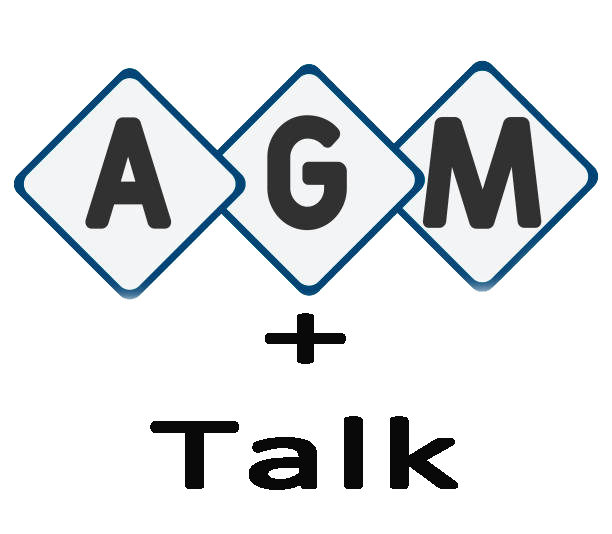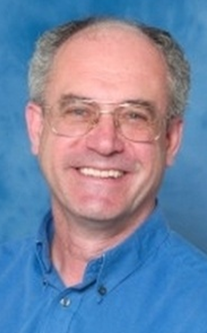Thermonuclear supernovae signal the sudden and explosive destruction of a white-dwarf star. They are key to calibrating the expansion and acceleration of the cosmos; yet they occur rarely amongst the galaxies of our immediate cosmic neighbourhood. Serendipitously, in January 2014 one such supernova, the closest in a generation, was discovered in the nearby galaxy Messier 82 (the `Cigar Galaxy’) from UCL’s teaching observatory in north-west London, triggering a world-wide effort to secure critical follow-up data. This is the story of that night and its aftermath: the race to report, and recent results that promise fresh insight into the nature of these cosmologically significant events.
Steve Fossey is an astronomer with a long association with UCL, where he graduated with a BSc and PhD in Astrophysics. Steve is a Teaching Fellow based at UCL’s observatory in NW London, where he teaches undergraduate-level observational astrophysics. Steve’s research has historically encompassed studies of interstellar gas and dust; he is also currently interested in techniques for the characterisation of extrasolar planets, and he has worked with undergraduate students to publish studies of exoplanet transits using photometric time-series data obtained at UCL’s observatory.
Preceded by the 16th Annual General Meeting of the Flamsteed Astronomy Society, starting at 7pm.






You must be logged in to post a comment.